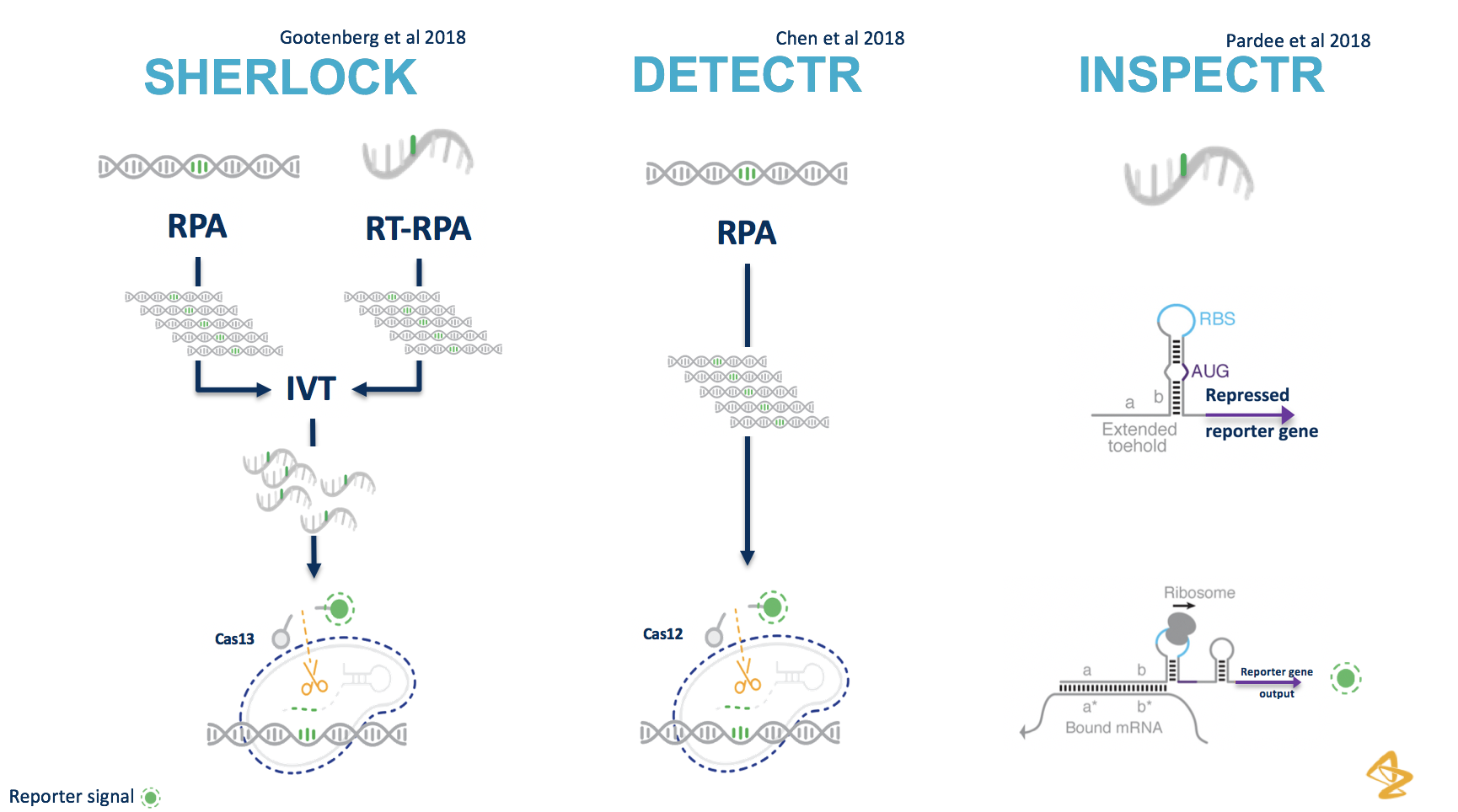Today Ion Torrent launched their newest sequencers the S5 ($65k or $150k with the S5 XL, which includes more compute). Ion Torrent was exciting technology when we first heard about it and I’m disappointed it never quite lived up to the promise, and that it never competed against Illumina in the space I cared about. The new systems do not change my disappointment, but they may increase the competition for Illumina in the amplicon sequencing space. In my lab we’re still running lots of amplicons using Fluidigm and HiSeq and I don’t think we’ll be buying an S5 anytime soon. However labs looking to set up clinical (or other) tests on standard panels might see the S5 as a realistic alternative to a MiSeq. But Ion need to deliver on this visibly and believably, I know lots of labs that have stopped using their PGMs, although I know a few that have stopped using their MiSeq’s too!
The YouTube video (above) offers a very marketing-heavy overview (where is the S5 vs MiSeq video). Ion have focused very clearly on amplicons and delivering results as quickly as possible at reasonable cost. The S5 XL includes additional compute for processing to speed up this data delivery in an automated manner.
Like PGM and Proton before, S5 offers multiple chip configurations that allow you to run fewer samples without sacrificing per sample costs (too badly). The 520/530 chips are equivalent to the PGM offering 200-400bp runs with 5 or 20M reads per run. The 540 chip only offers 200bp runs but with 80M reads. All with 2 to 4 hour run times and analysis completed in as little as 5 hours.
S5 and Ampliseq: An open letter from Mark Gardner (Ion’s GM) at the Behind the Bench blog explains the desire to continue the democratisation of sequencing. The aim was to make targeted NGS easy for anyone to work with, and to deliver the best value benchtop sequencer. As the S5 system is very obviously targeted to amplicons I thought I’d highlight what Ion say in their literature about the numbers of samples per run – using the Ion AmpliSeq Cancer Hotspot Panel v2 (50 genes), 16, 48 or 96 samples can be run on 520, 530 or 540 chips respectively.
You’ll need the Ion Chef in your lab to go from DNA to data with less than 45 minutes of hands-on time; otherwise you’ll have to manually prepare libraries and templates for chip loading.
Data analysis can be completed automatically within 5 hours.
This does offer a tempting solution for people sequencing panels, but it may be limited in what else is realistically possible on other (Illumina) sequencers. The low-cost is going to be attractive, but only to a point. If Ion can deliver a truly end-to-end solution then they may be onto a winner.
AllSeq got their first with their digging around on Google, and Keith at Omics Omics got a sneak peek, “Ion have identified a profitable market segment…fast, targeted sequencing — and is going full bore in this area”. Keith points out that the new chips are not compatible with PGM or Proton, “the concept that all upgrades are encased in the consumable is long dead”. He goes into some depth about the competition for these new instruments; MiSeq (takes four hours to deliver 1x36bp); GnuBio, Genia/Roche and QIAGEN have gone all but silent (expect more from Qiagen very soon), and ONT’s MinION (possibly).
See it yourself on the Ion Torrent world tour. The UK Genome Sciences meeeting does not feature on the list of upcoming conferences where Ion will present data – I am sure there’s still room. You can catch them in London on the 10th.
I’ll be interested to start talking with users at AGBT in February. Whether the S series will take off where PGM and Proton did not may partly depend on whether PGM and Proton users get a good trade-in.
Sign up for Ion World Tour location near you >
Sign up for Ion World Tour location near you >
Sign up for Ion World Tour location near you >
PS: If I wanted to trade-in a HiSeq 2000 for amplicon work what would Ion offer me?








Leave A Comment